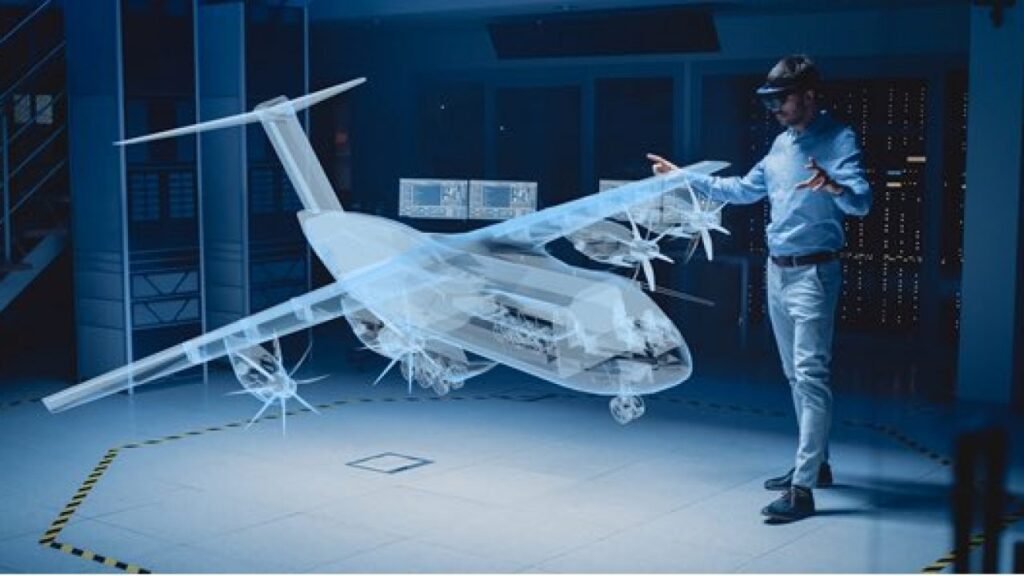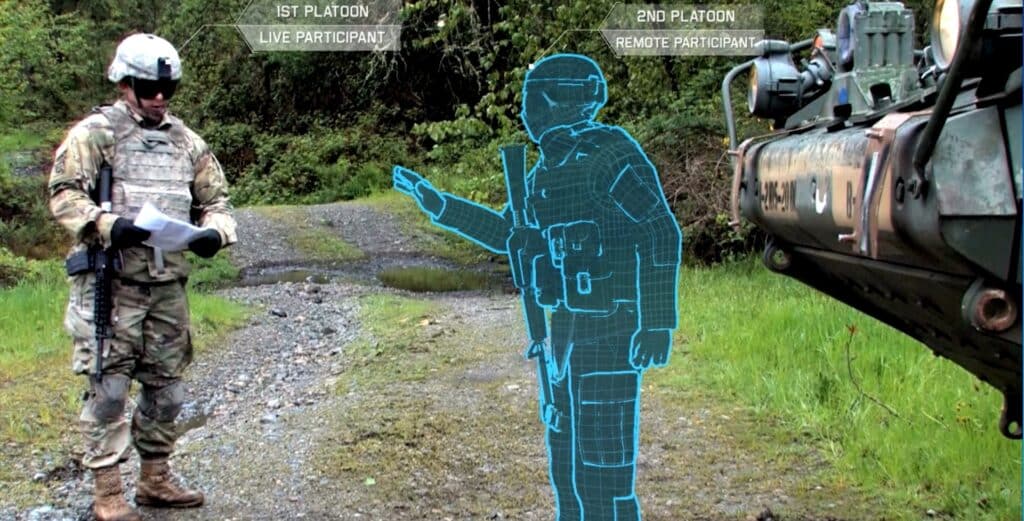The use of augmented reality (AR) technology is revolutionizing the training and simulation processes in various industries, including military and aviation. AR technology can create a simulated environment, allowing trainees to practice various scenarios and tasks in a safe and controlled environment. AR technology has been used in various training programs in military and aviation, from flight simulations to battlefield scenarios. This article will explore how AR technology can be used in military and aviation industries to enhance training and simulation.
Contents
Enhancing Flight Training with AR Technology
In the aviation industry, flight training is a critical component of the learning process. Pilots must have extensive training and knowledge of the aircraft and its systems to ensure safety in the air. AR technology can enhance the flight training process by creating a simulated environment that closely resembles the cockpit of an aircraft. This technology can help trainees to practice various procedures and scenarios, such as instrument landing and engine failures. With AR technology, trainees can also practice emergency procedures without the risk of physical harm.
In aviation, the maintenance of aircraft is crucial to ensure safety during flight. AR technology can enhance maintenance training by providing trainees with virtual access to the aircraft’s systems, allowing them to practice procedures without disrupting the actual aircraft. AR technology can also provide maintenance workers with real-time information about the aircraft’s systems, helping them to identify and diagnose issues more efficiently.
Enhancing Military Training with AR Technology
The military industry relies heavily on training to ensure the readiness of soldiers in combat. AR technology can be used to create simulated battle scenarios, allowing soldiers to practice various strategies and techniques. With AR technology, soldiers can practice battlefield tactics and maneuvers without the risk of physical harm. Additionally, AR technology can simulate various environments, such as urban, jungle, or desert, providing trainees with a realistic experience of combat. In the military and aviation industries, medical training is critical to ensure that personnel can respond to emergencies quickly and effectively. AR technology can enhance medical training by providing trainees with virtual access to medical equipment, allowing them to practice procedures and diagnose issues. AR technology can also simulate various medical scenarios, such as trauma or emergency situations, allowing trainees to practice their response and treatment.
AR technology can improve safety and efficiency in the military and aviation industries. With AR technology, trainees can practice procedures and scenarios in a safe and controlled environment, reducing the risk of accidents and injuries. Additionally, AR technology can improve the efficiency of training and maintenance by providing trainees with real-time information and feedback.
The Takeaway
AR technology has the potential to revolutionize the training and simulation processes in various industries, including military and aviation. With AR technology, trainees can practice various scenarios and procedures in a safe and controlled environment, improving their skills and readiness for real-life situations. AR technology can also improve the efficiency of training and maintenance, reducing the risk of accidents and injuries. As AR technology continues to evolve, we can expect to see more innovative applications in military and aviation industries, further enhancing the training and simulation processes.



